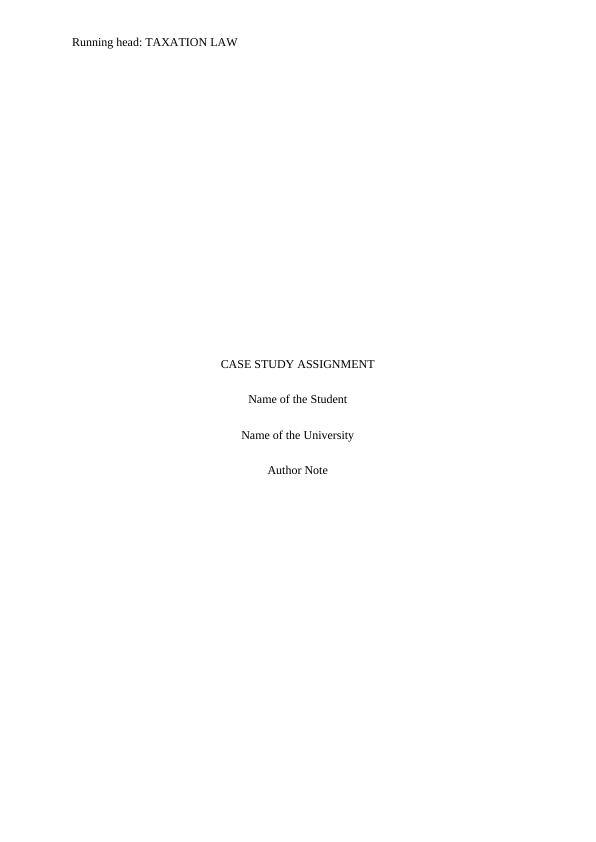Law of Estoppel: Explained with Case Studies
4 Pages537 Words494 Views
Added on 2023-04-03
About This Document
This article explains the law of estoppel and its application in legal systems. It discusses the concept of promissory estoppel and provides case studies to illustrate its use. The article also highlights the evolution of estoppel doctrine in Australia.
Law of Estoppel: Explained with Case Studies
Added on 2023-04-03
ShareRelated Documents
End of preview
Want to access all the pages? Upload your documents or become a member.
Case Note on High Court Decision on Equitable Estoppel in Waltons Stores Interstate Ltd v Maher
|6
|1150
|348
Waltons Stores (Interstate) Ltd v Maher (1988) Case Analysis
|9
|475
|380
Misrepresentation in Contract Law
|9
|2722
|426
Misrepresentation in Contract Law
|9
|2569
|1
Business Law Assignment
|8
|1988
|208
Australian commercial law | Assignmnet
|7
|2077
|18


